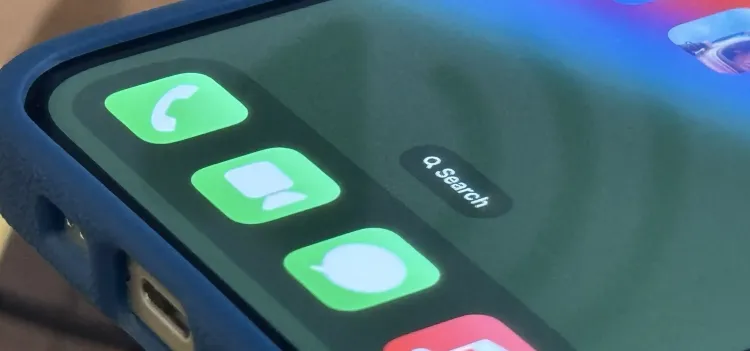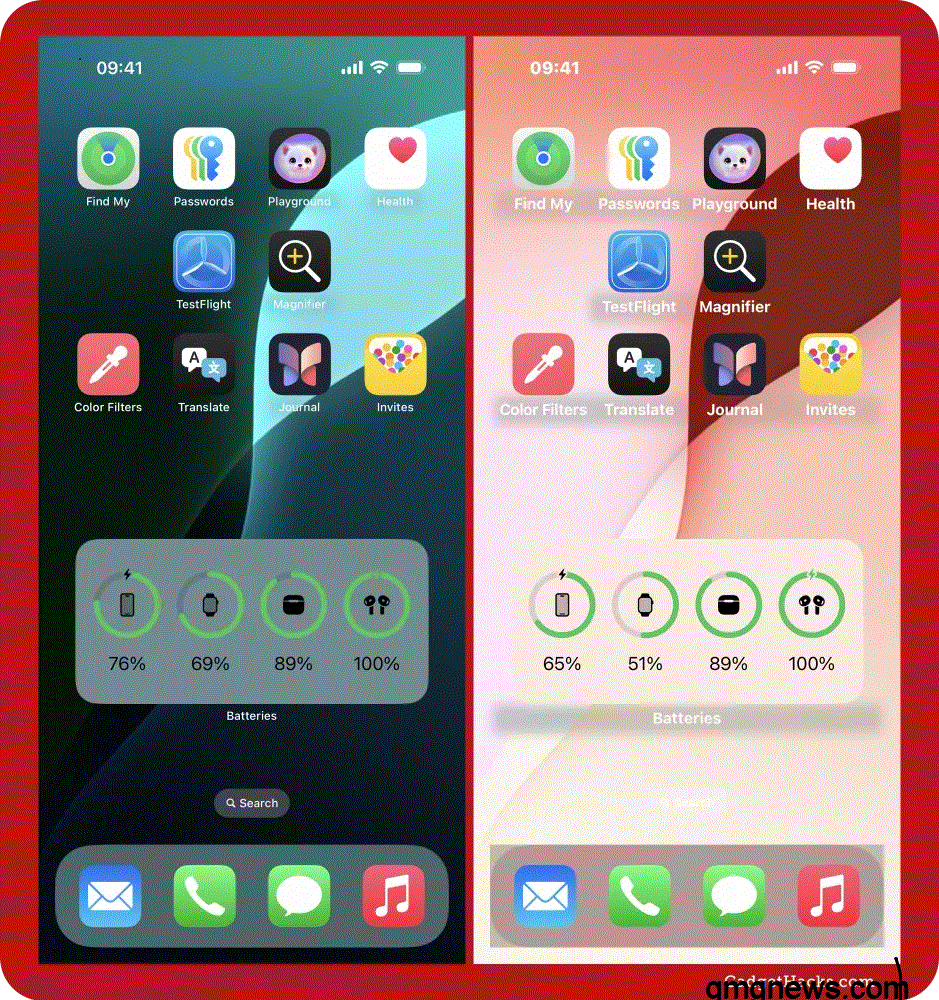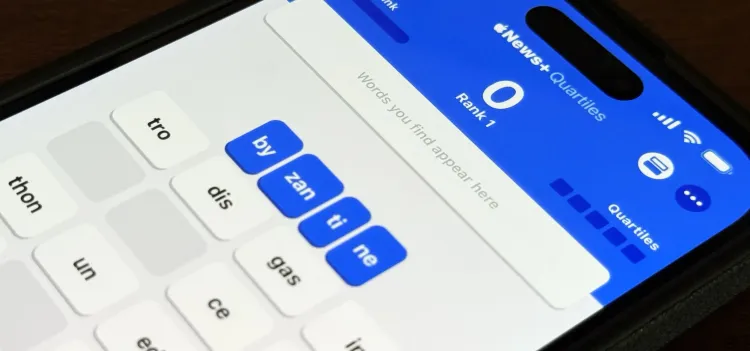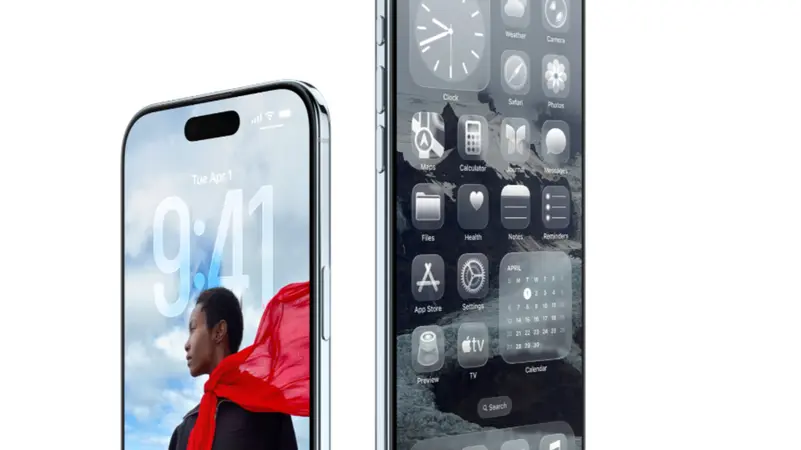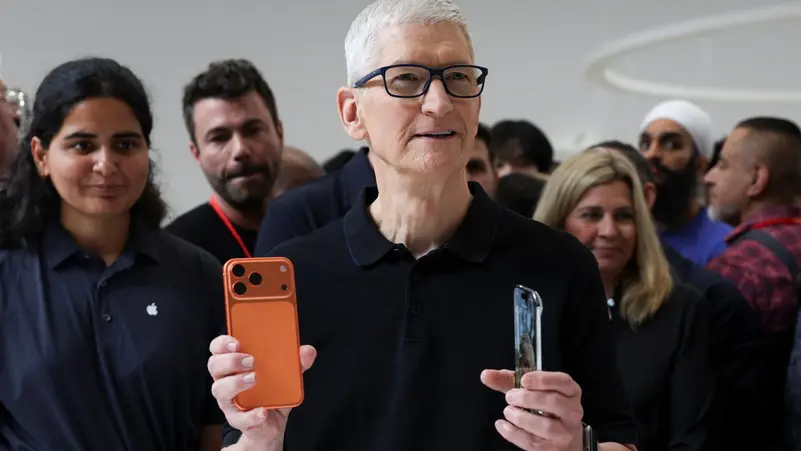TikTok is threatening CNN and Fox News: This is how Gen Z gets their news now!
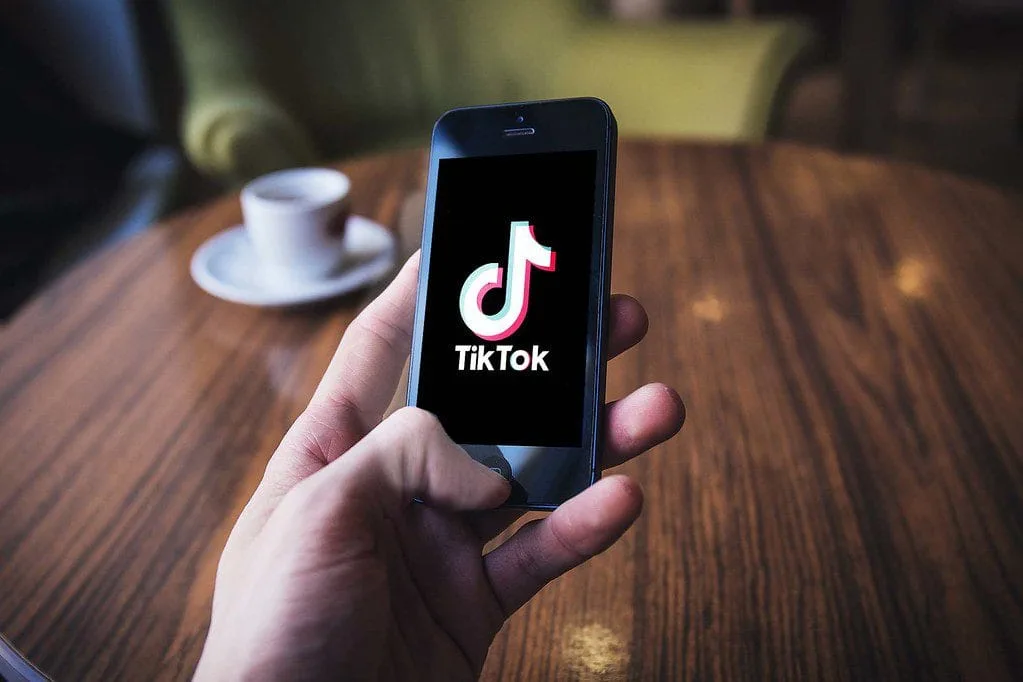
It all begins with a promising vision, but it is quickly overtaken by the constraints of self-interest and partisanship, transforming open spaces into arenas for exploitation. This is the path most social media platforms have taken, eroding the trust their audiences, especially the younger generation, have in what is broadcast, the algorithms they use, and the censorship and blocking they impose.
This deterioration has driven Generation Z strongly toward TikTok since its inception. They found in it a free space to express themselves, saying and doing whatever they want without restrictions. Not only was it limited to personal expression, but TikTok became their trusted source of news, bypassing traditional media channels for receiving, discussing, analyzing, and interpreting news.
Let us explore together the secret of this close relationship between Generation Z and TikTok.
About TikTok
TikTok is one of the most popular social media apps in the world today, with nearly 1.2 billion registered users worldwide and a focus on short videos.
Here are the details about its origins and nature:
TikTok Origins:
Parent Company: TikTok is owned by Chinese tech giant ByteDance, founded by Chinese entrepreneur Zhang Yiming in 2012.
Initial Launch in China: The app was first launched in September 2016 in China under the name Douyin, and achieved immediate success there.
Global Launch: In September 2017, ByteDance launched the global version of the app under the name TikTok.
Merger with Musical.ly: In November 2017, ByteDance acquired Musical.ly, a popular short video sharing and lip-syncing app, and merged it with TikTok. This integration has significantly contributed to the growth of TikTok’s user base around the world, particularly in the United States and Europe.
Extensive Popularity: TikTok has gained immense popularity worldwide, especially among Generation Z, becoming one of the fastest-growing apps ever.
What is TikTok?
TikTok is a social platform for sharing short videos. It allows users to create, watch, and share a wide range of videos ranging from 3 seconds to 60 minutes (with short videos being the most popular).
Key Features and Benefits:
TikTok offers its young users numerous unique features that increase their engagement, enhance their presence, and meet their needs. Among the most prominent features are:
Short-form content:
TikTok primarily focuses on short videos, making it ideal for quick and entertaining content.
Easy and Diverse Editing Tools:
The app offers a wide range of built-in editing tools that allow users to easily add effects, filters, background music, stickers, and text to create engaging and innovative videos.
Huge Audio Library:
TikTok boasts a huge and ever-growing library of audio clips and songs, which are an essential part of the content creation experience on the platform. Users can use these clips to create lip-sync videos, dance clips, or background music for their content.
Powerful and Personalized Algorithm:
TikTok relies on a highly intelligent content delivery algorithm. This algorithm quickly learns user preferences based on their views and interactions, delivering personalized and engaging content to the “For You” page. This feature is one of the main reasons users are addicted to the app.
Challenges and Trends:
The platform encourages the creation of challenges and trends, where a particular sound clip, dance, or idea becomes widely popular among users, increasing engagement and participation.
Interaction and Engagement:
Users can like, comment, share, and follow their favorite content creators. Features like “Duet” allow users to create a collaborative video with another user’s video, while “Stitch” allows users to crop parts of other videos. Diverse Community: TikTok has a huge and diverse community of users who create content in almost every genre, from comedy and dance to education, information, and news.
How have young Americans engaged with TikTok, and why have they turned to it when searching for news?
The connection between young Americans and TikTok and their shift away from traditional news sources can be attributed to several key factors, including the dynamic nature of TikTok, Gen Z’s preferences for content consumption, and the limitations of traditional media outlets:

Reasons for Young Americans’ Engagement with TikTok:
- Short and Engaging Content: Gen Z prefers content that is quick, concise, and entertaining. TikTok offers short videos (ranging from seconds to a few minutes) that are easy to watch on the go, catering to their limited needs and desire for quick information.
- Personalized Algorithm (For You Page): TikTok’s algorithm is highly sophisticated and quickly understands user preferences. The For You Page displays personalized content for each user based on their previous interactions, making the viewing experience highly personalized and engaging, even if the user isn’t directly searching for news.
- Authenticity and Freedom of Expression: Young people see TikTok as a platform that allows them to express their opinions more freely, offering more authentic and honest content compared to other platforms that may appear more “regulated” or “formal.”
- Diversity in Content and Opinions: TikTok isn’t limited to news; it blends news and politics with entertainment, comedy, and personal content. This diversity makes it less boring and more appealing to young people. It also allows users to hear different perspectives from ordinary people, not just from major news organizations.
- Direct Interaction: TikTok allows direct interaction with content creators through comments and shares, creating a sense of belonging and engagement.
- Rapid Diffusion of Information: News and trends spread quickly on TikTok, making it an immediate source of information about current events, especially those that may not receive adequate coverage in traditional media.
- The entertainment aspect of news: News on TikTok is often presented in a creative and entertaining way, using music, effects, and challenges, making it more appealing to young people who may find traditional news coverage dry or boring.
Why have they abandoned traditional sites, platforms, and channels?
- Lack of interaction and immediacy: Traditional media—television, newspapers, and mainstream news sites—are often perceived as one-sided, broadcasting information without direct or personal interaction. However, young people prefer platforms that allow them to participate and express their opinions.
- Perceived bias and censorship: Many young people feel that traditional media may be politically biased or censored, affecting the credibility of the news they provide. They view TikTok as a less controlled and more transparent space, where they can access firsthand accounts from individuals.
- Long, unengaging content: Traditional news often takes the form of long articles or lengthy TV reports, which doesn’t align with Generation Z’s preference for short, concise content. Difficulty of Access: Some traditional news sources may require subscriptions or include heavy advertising, while TikTok is free and easy to use on smartphones.
- Lack of Representation: Some young people feel that traditional media doesn’t adequately represent their issues or perspectives, while on TikTok, they find content creators who speak about issues that matter to them in their own language and style.
Note
Young Americans’ shift to TikTok as a news source reflects a broader shift in how information is consumed in the digital age. Speed, personalization, interactivity, and credibility have become critical factors in capturing the attention of new generations. Unless traditional channels recognize this, they will inevitably disappear.
Also read:
- a-chinese-humanoid-robot-cooks-using-virtual-reality
- brain-computer-interfaces-when-telepathy-becomes-a-technological-reality
- will-tiktok-go-bankrupt-after-the-new-us-decisions
